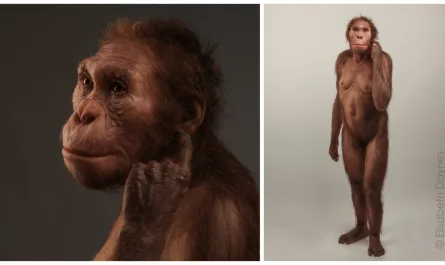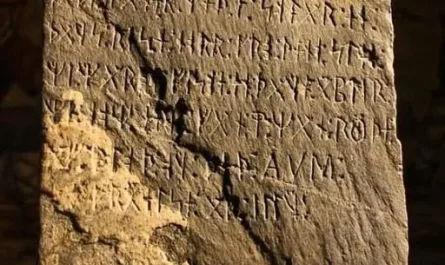In the 17th century, enslaved Africans in Colombia transformed a cultural practice into a tool of resistance, using cornrows to encode escape maps and messages to flee plantations. This ingenious strategy is most documented in San Basilio de Palenque, a village in Northern Colombia founded by Benkos Bioho, an African king captured by the Portuguese who escaped slavery. Bioho’s creation of a unique language, an intelligence network, and the use of women’s cornrows as covert communication channels helped establish Palenque as a refuge for runaways, leaving a lasting legacy of resilience and innovation.
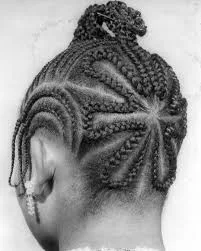
A Hidden Code in Braids
During the transatlantic slave trade, enslaved Africans were often forced to shave their heads to strip them of cultural identity. However, many resisted by maintaining cornrows—tightly braided hairstyles close to the scalp, rooted in African traditions dating back to 3000 BCE. In Colombia, these braids became more than adornment. Women, often less scrutinized than men, used specific patterns to encode maps and messages, guiding enslaved people to freedom. For example, the “departes” hairstyle, with thick braids tied into top buns, signaled an intent to escape, while curved braids mapped routes to safe havens like San Basilio de Palenque. Gold and seeds hidden in the braids aided survival post-escape, providing resources for trade or planting.
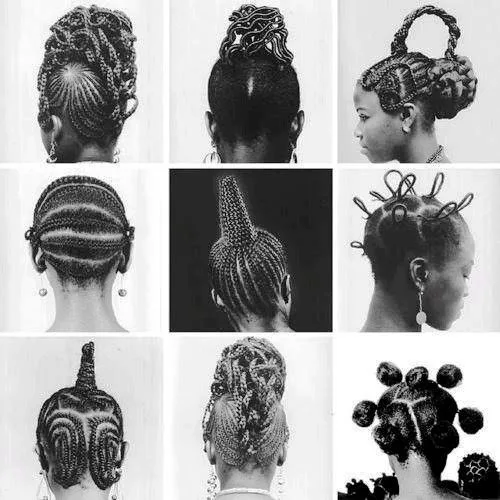
This practice was particularly effective because enslaved people were rarely literate, and written maps risked interception. Cornrows, unassuming to captors, allowed covert communication without suspicion, as no one imagined hairstyles could conceal entire escape plans.
Benkos Bioho and San Basilio de Palenque
Benkos Bioho, born in Guinea-Bissau and captured by Portuguese slavers, was sold to a Spanish owner in Cartagena, Colombia. After multiple escape attempts, he succeeded in the late 1590s, founding San Basilio de Palenque around 1603 in a swampy, forested region 50 km from Cartagena. This palenque (walled community) became a sanctuary for maroons—escaped enslaved people—housing up to 3,000 by the mid-17th century. Bioho, a self-proclaimed king, established the Palenquero language, blending African dialects with Spanish, and formed an army and intelligence network to resist Spanish raids.

Bioho’s innovation of using cornrows as a communication tool was a masterstroke. Women, moving freely between plantations and markets, braided escape routes and rendezvous points into their hair, sharing plans undetected. This network helped guide runaways to Palenque’s fortified hills, where natural defenses and Bioho’s tactics thwarted colonial forces. Despite Bioho’s execution by the Spanish in 1619, Palenque endured, gaining formal freedom in 1713, making it the first free African town in the Americas.
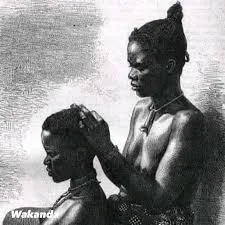
Historical and Cultural Significance
San Basilio de Palenque, still inhabited by about 3,500 Afro-Colombians, preserves its unique culture, recognized as a UNESCO Intangible Cultural Heritage site in 2005. The use of cornrows as escape maps reflects African ingenuity in resisting oppression, drawing on a tradition where hairstyles signified identity, status, and community. The practice, though most documented in Colombia, likely extended across South America, with similar stories emerging from Brazil and the Caribbean.
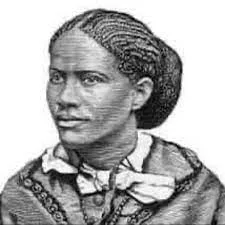
The Amazons’ legacy, though not directly related to this query, parallels Bioho’s story in its defiance of colonial power. Both highlight marginalized groups using cultural practices—braids or combat training—to assert agency, offering lessons in resilience and collective action.
Lessons for Today
The cornrow escape maps of San Basilio de Palenque offer profound lessons for empowerment and education:
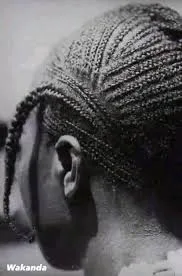
Ingenuity in Adversity: Bioho’s use of cornrows shows how everyday cultural practices can become powerful tools for resistance. Today, we can draw on overlooked skills or traditions to address modern challenges, fostering creative problem-solving.

Community and Solidarity: The women’s role in relaying messages underscores the power of collective effort. Building supportive networks, like those in Palenque, can amplify marginalized voices in advocacy or education.
Preserving Cultural Heritage: Palenque’s enduring language and traditions highlight the importance of safeguarding cultural identities. Educational programs can teach Afro-diasporic histories, like the cornrow story, to inspire pride and resilience.

Strategic Communication: The covert use of braids teaches the value of discreet, innovative communication in oppressive systems, applicable to modern activism or social justice movements.

A Lasting Legacy
The story of cornrows as escape maps, spearheaded by Benkos Bioho, is a testament to human ingenuity and resistance. San Basilio de Palenque stands as a living monument to this legacy, its Palenquero culture thriving despite centuries of challenges. By studying and sharing this history, we honor the courage of those who braided freedom into their hair, inspiring us to find creative solutions, build community, and preserve the stories that shape our world.

